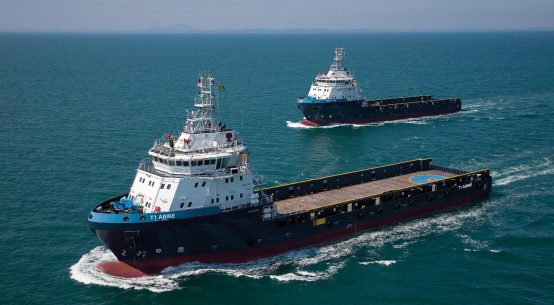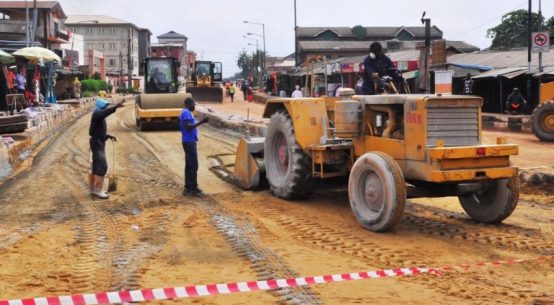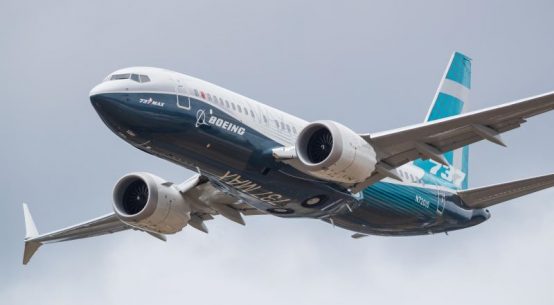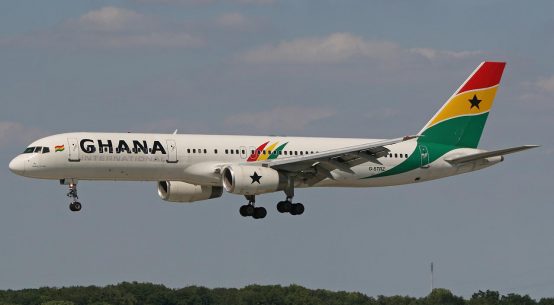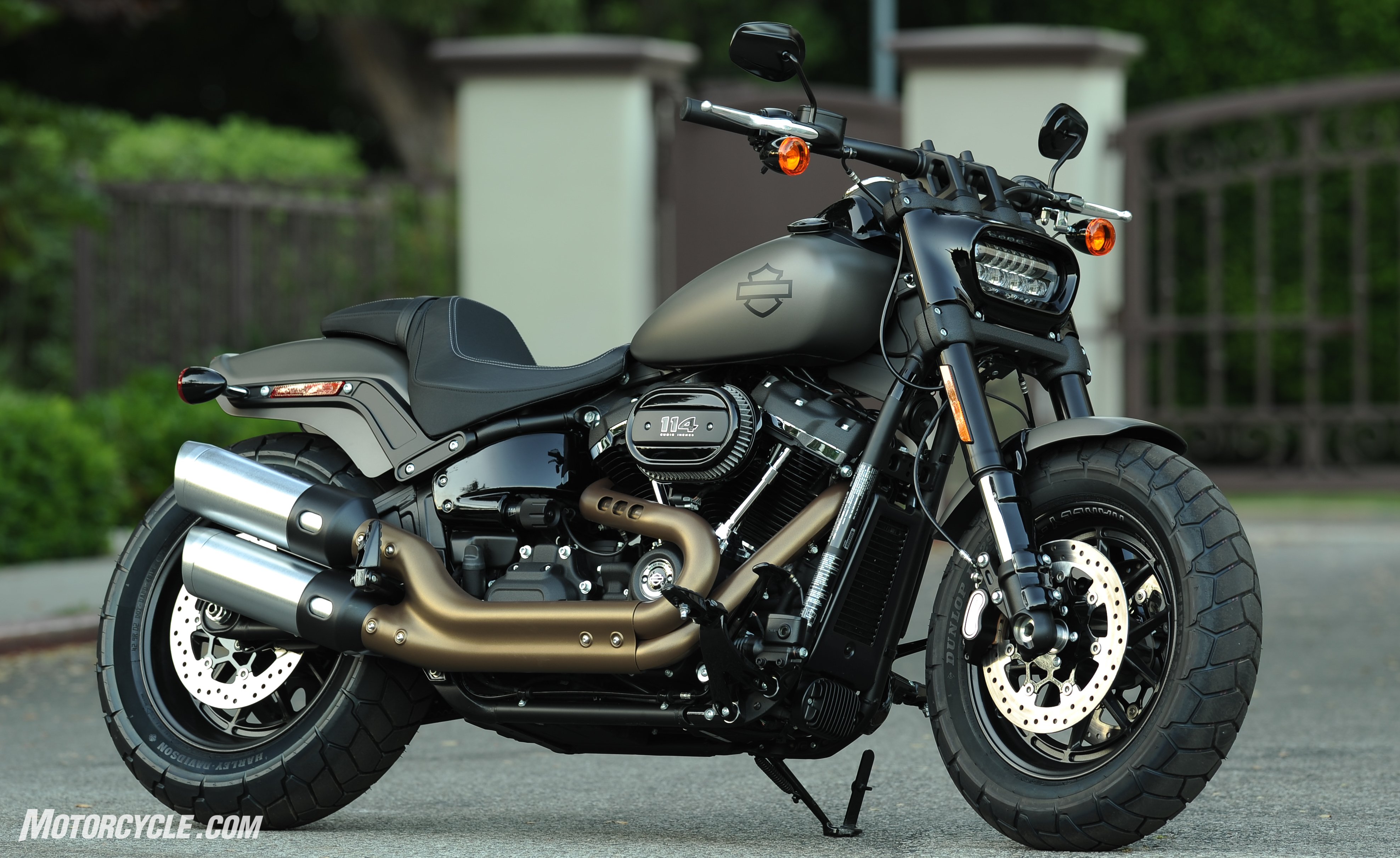
2018 Harley-Davidson Fat Bob 114 beauty
Harley-Davidson is fresh off a better-than-expected third quarter but the quarter wasn’t without its continued challenges, especially in the U.S. market.
Shares of the legendary motorcycle maker popped 2% on Tuesday as third-quarter earnings came in at 40 cents a share, beating analyst forecasts of 39 cents. The earnings beat overshadowed another challenging quarter for Harley from a revenue perspective, especially in the U.S. where sales fell 8.1% from a year ago. But several other factors weighed in Harley’s favor on earnings day.
First, the company said U.S. market share increased from the prior year, helped by new product introductions. Further, Harley reiterated that it expects to ship 241,000 to 246,000 motorcycles to dealers worldwide in 2017.
Even still, there were some skeptics on Wall Street.
Analysts at Baird said the earnings beat was “a near perfect definition of a low-quality beat” while Stifel voiced concern on Harley hitting its shipment goal.
Harley-Davidson, Inc., or Harley, is an American motorcycle manufacturer, founded in Milwaukee, Wisconsin in 1903. One of two major American motorcycle manufacturers to survive the Great Depression (along with Indian), the company has survived numerous ownership arrangements, subsidiary arrangements (e.g., Aermacchi 1974-1978 and Buell 1987-2009), periods of poor economic health and product quality, as well as intense global competition, to become one of the world’s largest motorcycle manufacturers and an iconic brand widely known for its loyal following.
Mom Was a Harley Rider (’70’s), I Ride Today (’17), Will my Girls Ride Tomorrow?
Harley-Davidson Inc. (HOG – Get Report) did just enough in the third quarter to please Wall Street.
TheStreet talked with Harley-Davidson CEO Matt Levatich about the quarter and the company’s effort to get more people on bikes. What follows is a condensed and edited version of our conversation. TheStreet, Inc. is an American financial news and services organization founded in 1996 by Jim Cramer and Martin Peretz.
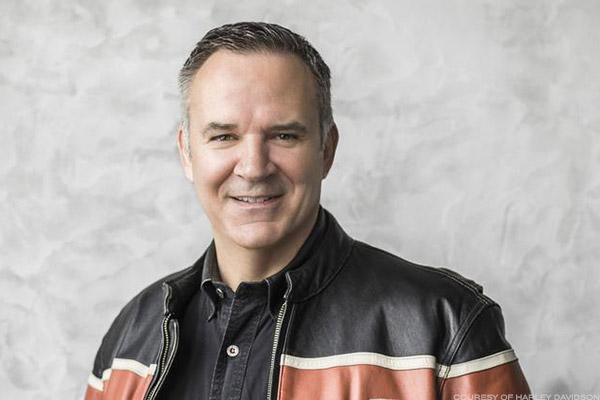
TheStreet: Sales were weak, where were some of the wins?
Levatich: With the launch of the soft-tail line, which is an all-new ground-up redesign, much higher performance, much lighter chassis, better braking and handling — and a slate of eight new motorcycles with larger engines that appear to distinct personalities — these are huge wins for the company. We saw sell-through rates of soft-tail bikes in September when we had full availability far exceed the sell-through rates last year when we had three different platforms in the dealers. It’s early days though. We are anticipating more momentum with the international soft-tail rollout.
That’s good news.
Market share increases was also good news. We are competing effectively in an industry that unfortunately continues to be down significantly, which is something we are dealing with by developing the next generation of riders. Some of these efforts are starting to pan out exactly how we wanted to see. This is a huge win. It’s still early days in my view in us becoming a company that is fixated and deeply skilled on building new riders.
TheStreet: What exactly are some of the challenges you continue to deal with in the U.S. market?
Levatich: Fundamentally, when we look at overall sales of Harley-Davidson bikes we feel very good in terms of overall U.S. sales and the market share of new and used transactions — it’s at an all-time high. So the brand and the product, whether new or used, continues to be highly appealing in the space. In 2015, with the U.S. dollar surge, we saw an overall compression of value in the industry that happened first in new bikes but cascaded into the industry. It took a lot of value out of the industry. It carried into the used bike space. That created used bikes as an appealing alternative to new Harleys.
We are working through that with a focus on product content and minimal price increases on new motorcycles. Importantly, we are aggressively managing the supply of new motorcycles to make sure the value of new and used bikes in the marketplace is maximized to maintain customer loyalty and dealer profitability.
We are also working through building more riders. More riders means more demand for motorcycles.
TheStreet: Where is Harley right now in getting more women using motorcycles? Outreach to this segment has been a focus of Harley.
Levatich: Generally speaking, the focus we have brought to the outreach — beginning in 2007 but ramping up in 2009 and 2010 — was recognizing that there are people out there outside of the traditional customer set and understanding the barriers they are seeing to riding a Harley. Then it has been addressing those barriers. For example is with the weight on the new soft-tails. The perception of weight has a lot to do with how the bike feels while sitting on it in the showroom floor and lifting it from the side stand. By reducing 30 to 35 pounds of weight in the soft-tails and addressing geometry and the frame, the perception of weight is even lighter than the actual weight reduction.
All of this goes back to building the next generation of riders, continuing to think about people.
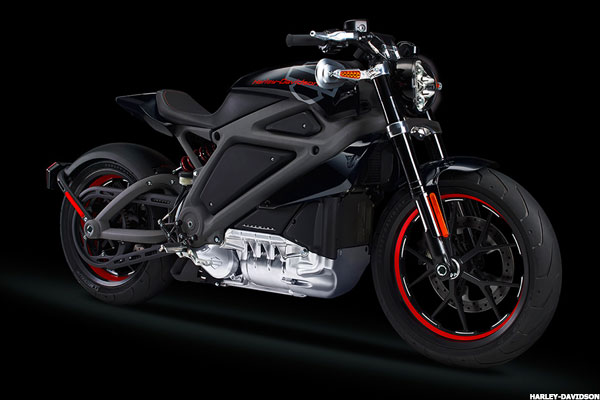
Levatich: It’s highly technical and it’s important to be good at it. We have done a lot with rider training. But, what we haven’t done is compromised the standards on what it takes to be a safe, confident rider because that’s what is required. Sure, there are things that might help on the product side. For example, Livewire that we debuted several years ago didn’t have any transmission or clutch — is that an easier product to ride when you don’t have to think about a clutch and shifting? Yes, it is. But the dynamics of riding a motorcycle such as braking, cornering and emergency stopping are dynamics that are common. We have to be sure people are good at it, or we don’t want them on the road.
TheStreet: What are some of the challenges you are thinking through in getting your electric bike Livewire to market?
Levatich: Our objective in any product, but especially this one, is a no-excuses Harley-Davidson motorcycle. No compromises. There are practical considerations that customers have about the bike’s range, which are partly addressed with battery technology that continues to improve. It’s also partly addressed with infrastructure continuing to improve such as charging stations. The other practical element is the cost. What are people in reasonable numbers willing to pay so that we can activate that market space and be profitable doing it?
We are excited about it but am not going to compromise on the quality to get the bike out sooner.




